Observation Data
Classification & Common Names
- Class: Polypodiopsida
- Family: Pteridaceae
- Genus: Myriopteris Fée emend. Grusz & Windham
- Species: Myriopteris yavapensis (T.Reeves ex Windham) Grusz & Windham
- Var./Subsp.:
- Common name(s):
General Observation Data
- Date: 20-XI-2020
- Habitat: Open Oak Woodland
- Habit: Terrestrial
Additional Comments
Fronds to 25 cm.
Location
- Location: – – – Arizona – United States.
- Coordinates: 31.754952, -110.840433
- Elevation: 4880 ft

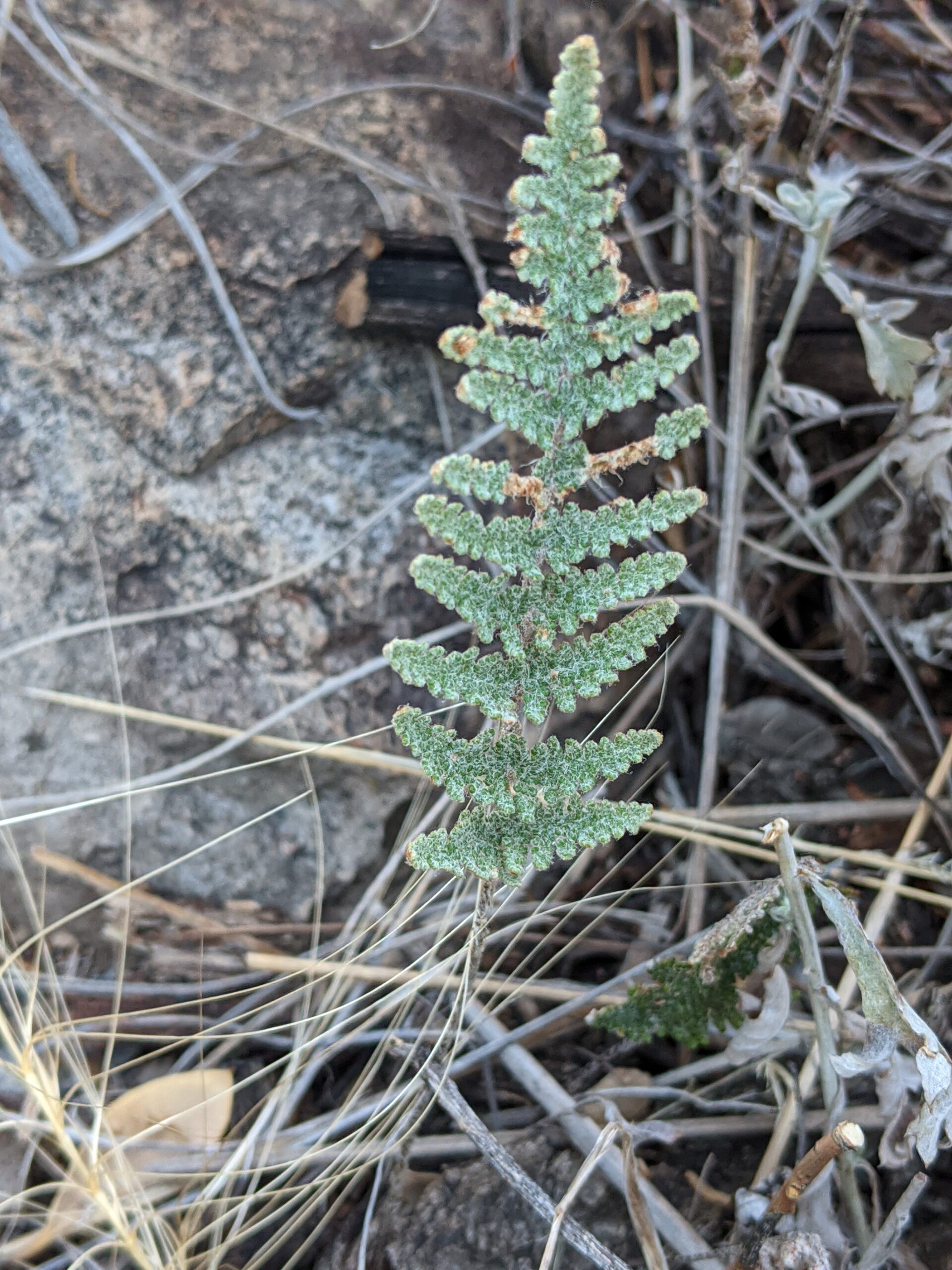
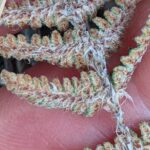
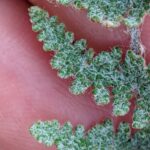
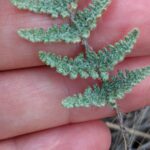
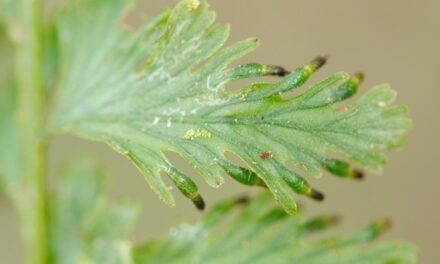
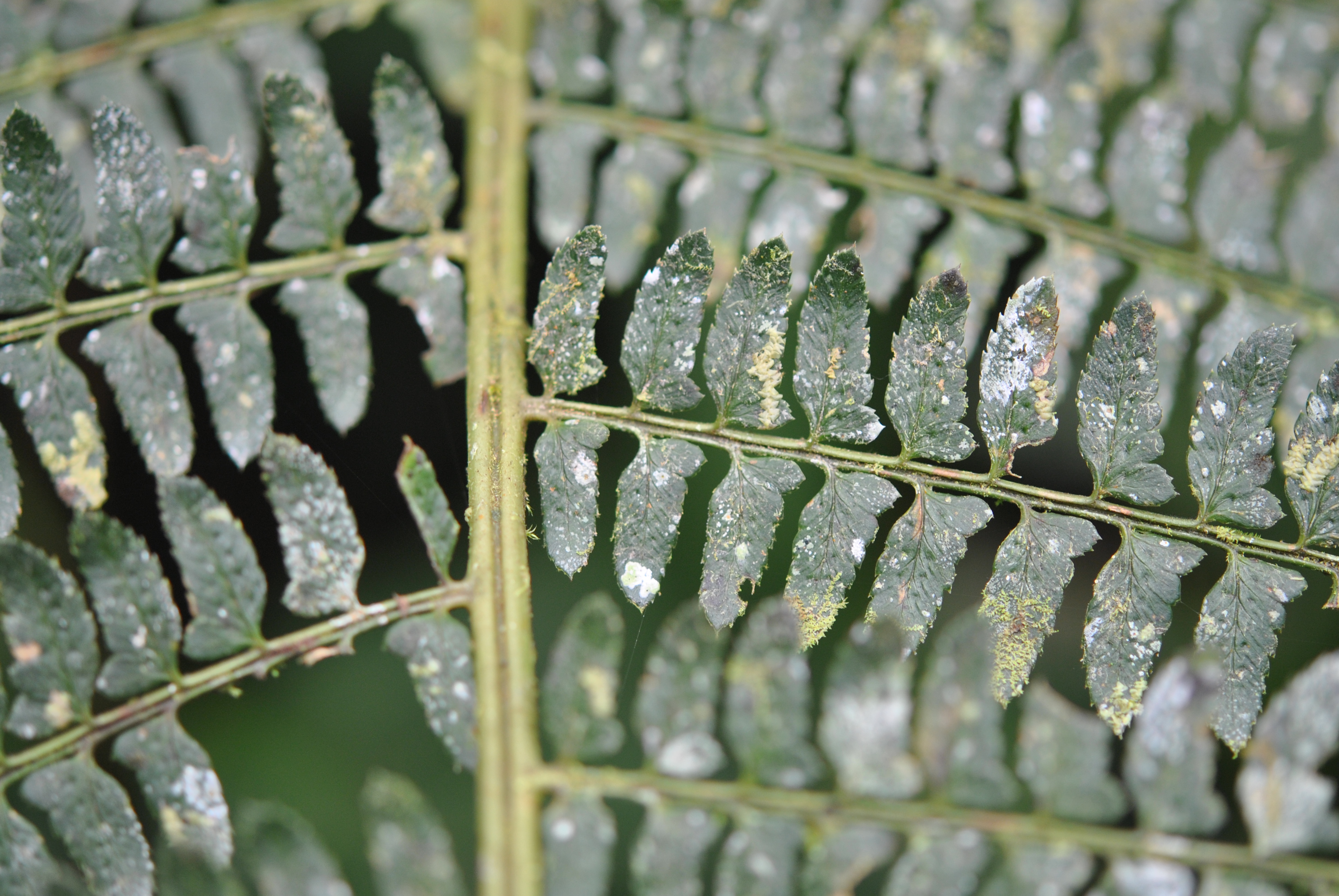
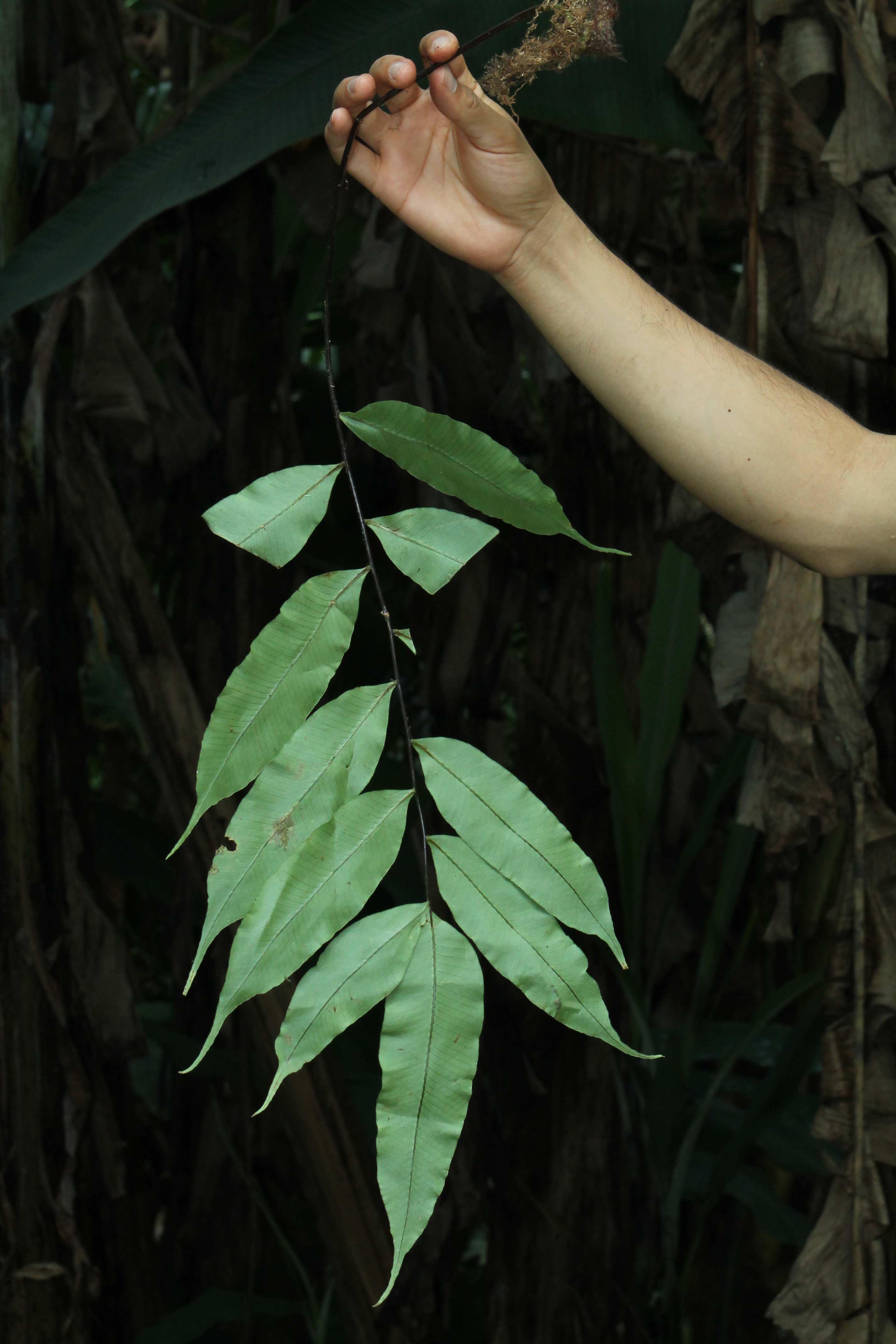
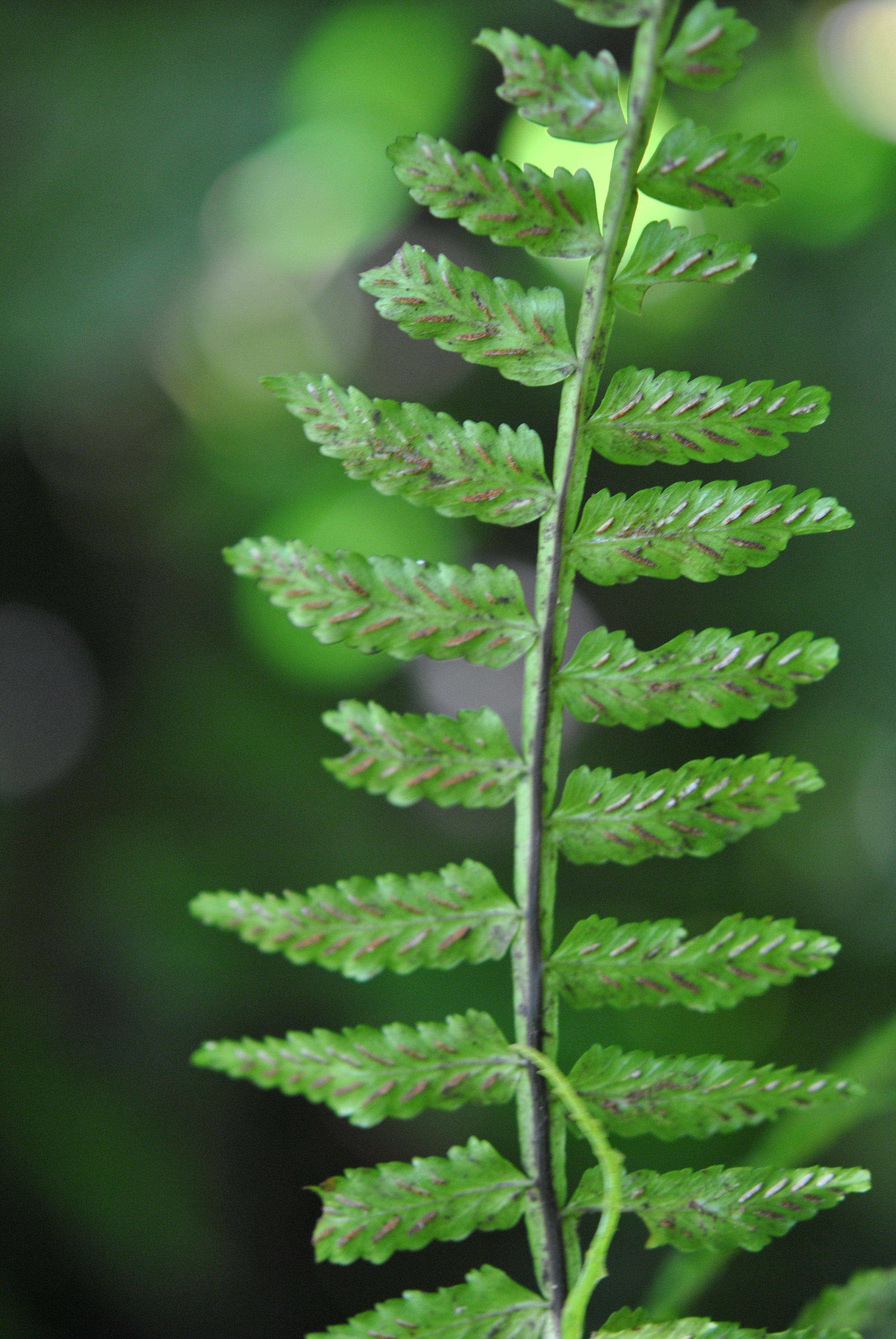
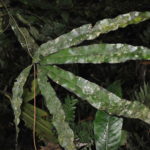
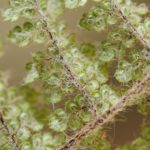
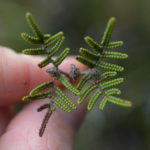
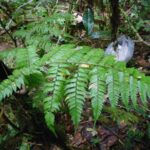
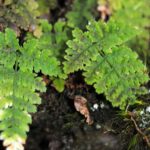
Heather, I don’t think this is M. rufa, which has oblong, rather than bead-like, ultimate segments. I suspect M. covillei as I can’t make out any cilia on the abaxial scales, but I may be missing them and it could be M. wootonii or M. yavapensis if so.
Thank you so much for the input on these fern IDs, and for explaining the ID features you are seeing. There do not appear to be cilia on the abaxial scales in my higher quality photo. I had, however, been wondering if it might be M. lindheimeri, because it is quite hairy adaxially, and M. lindheimeri is said to be very common and I’ve never found it, but found lots of this. Is that a possibility? On the other hand, they don’t feel “rough”, so maybe not.
Thanks Chris, I will put this as M. covillei for now.
This plant is Myriopteris yavapansis, which is distinguishable from M. covillei in having long cilia that emerge from the costal scale margin and wrap onto the leaf surface. From the adaxial surface of the frond it is difficult to distinguish from M. lindheimeri, but the abaxial scales are deeply cordate, a trait that is indicative of the M. covillei genome contribution that is present in M. yavapensis (this also distinguishes it from M. wootonii, which is a hybrid that is very similar to M. yavapensis but lacks the M. covillei genome).
Thanks Amanda! Your expertise is greatly valued. I have updated this post to reflect your identification. This post does not include a ‘determination’ field since it is a non-vouchered observation rather than a collection.